- Introduction: Tokyo’s Trains are Your “Ally”
- 【Most Important】Just Remember 2 Railway Companies: “JR” and “Subway”
Introduction: Tokyo’s Trains are Your “Ally”
Hello! I’m Ken, the editor-in-chief of Tokyo Insider Guide.
When you first saw Tokyo’s train map, did it look like a complex plate of spaghetti, making you feel anxious, thinking, “There’s no way I can navigate this…”? You’re not alone. Many people feel something akin to fear when faced with Tokyo’s trains.
However, by the time you finish reading this article, your perspective will have shifted 180 degrees. That’s because Tokyo’s railway network is one of the most punctual, safe, and convenient transportation systems in the world. This guide will transform that complex maze into a “reliable ally” that will make your trip the best it can be!
【Most Important】Just Remember 2 Railway Companies: “JR” and “Subway”
The biggest trick to understanding Tokyo’s trains is to categorize the countless lines into just two groups:
① JR East (Japan Railways East)
Role: Connects major city terminals (Tokyo, Shinjuku, Shibuya, Shinagawa, Ueno, Akihabara, etc.) in a circular fashion with the green Yamanote Line (やまのてせん), and extends radially outwards from there to the suburbs. It’s mainly used for longer inter-city movements.
How to identify: Station signage is predominantly “green.”
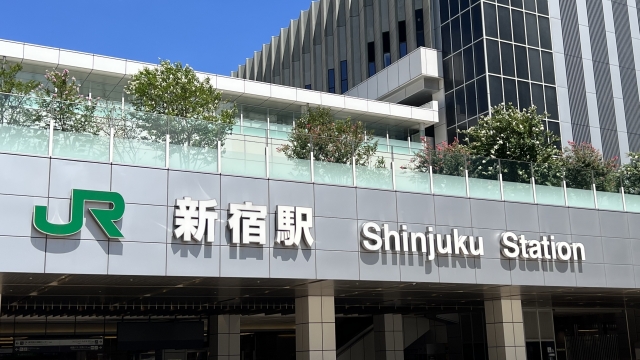
② Subway
Role: Primarily covers the area inside the JR Yamanote Line, forming a dense, intricate network throughout the city center. It’s operated by two companies, Tokyo Metro and Toei Subway, but for travelers, it’s fine to think of them collectively as “Subway.” It’s essential for accessing areas without JR stations, such as Ginza, Omotesando, and Roppongi.
How to identify: Station signage is predominantly “blue.” Each line also has its own symbol color (e.g., Ginza Line is orange).
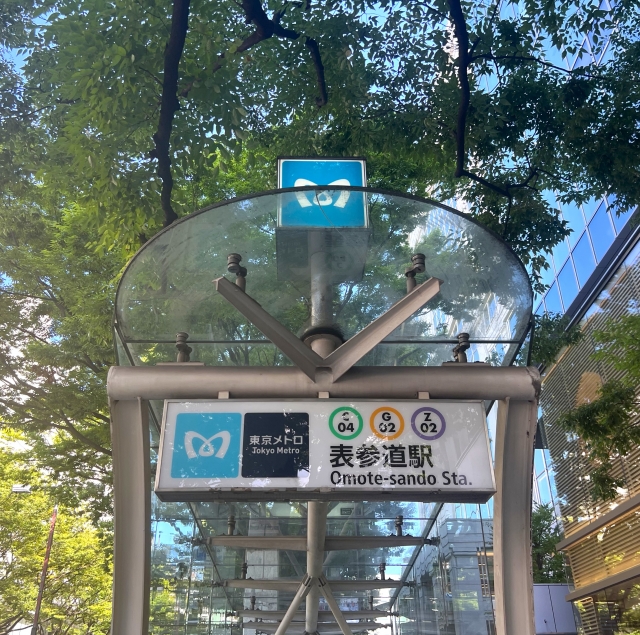
Get the Ultimate Ticket: “IC Card” for Public Transport
As soon as you arrive in Japan, the first thing you should get is a public transport IC card like “Suica (スイカ)” or “Pasmo (パスモ).” Buying a ticket every time wastes both time and money.
How to get it: Easily purchase at ticket vending machines located in major JR and subway stations.
How to use it: Just tap it against the blue-lit IC card reader at the ticket gate until you hear a “beep.” You can use it for JR, subway, and buses, making your travel seamless.
If you register it with iPhone (Apple Pay) or Android’s Google Pay, your smartphone becomes your IC card, making it even more convenient.
Related article: 【2025 Latest】Suica & PASMO Complete Guide: The Perfect Card for You!
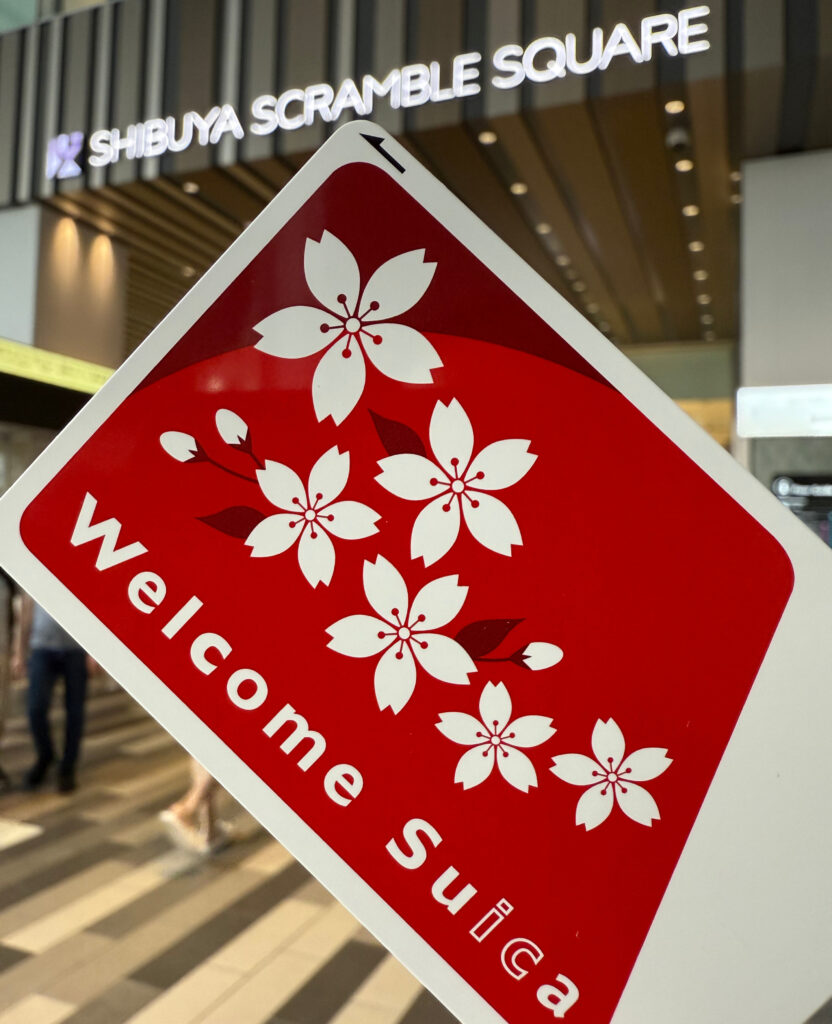
Master the App! Google Maps is Your Only Choice for Transfers
The magical tool that will 100% solve your complex transfer woes is a “transfer guidance app.” Specifically, “Google Maps” is the best choice for travelers due to its multi-language support and accurate information.
Just enter your origin and destination, and it will display all the necessary information: “which line to take,” “which platform number to depart from,” “how much it costs,” “what time you’ll arrive,” and even the “train type” (which will be explained next). For train travel in Tokyo, Google Maps is your lifeline.
【Practical Guide】5 Steps to Boarding a Train & Important Notes
Here’s a breakdown of actual actions, guided by the app’s instructions.
Step ①: Check directions with the app
Search for your route on Google Maps to understand which line to take and the platform number.
Step ②: Go through the ticket gate
Tap your IC card on the card reader to enter.

Step ③: Head to the platform following the signs
Overhead signs display the line color and name, as well as destinations like “Shibuya/Shinjuku area.” Proceed by matching this with the platform number indicated by the app.
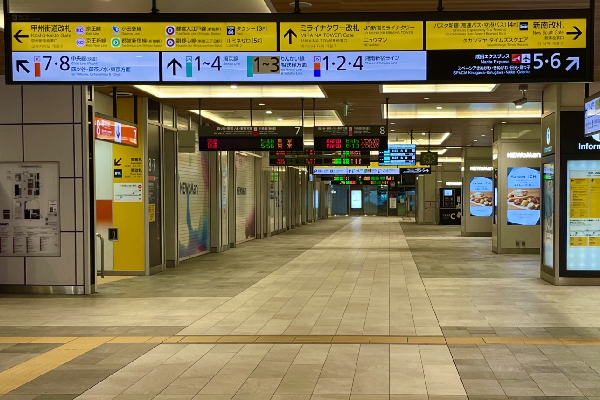
Step ④: Confirm the train type
【SUPER IMPORTANT POINT】Japanese trains have various “types” with different stopping stations, such as “Local (各駅停車),” “Rapid (快速),” and “Limited Express (特急).” If you get this wrong, you’ll pass your destination station! Always take the train type specified by the app.
Step ⑤: Board the train
On the platform, line up at the designated spots, and when the train arrives, prioritize those getting off first. It’s good manners to keep quiet inside the train.
Step ⑥: Alight from the train
Once you get off the train, head towards the exit. Instead of looking for your destination after arriving at the station, always use the app beforehand to find the nearest exit name/number to your destination, such as “South Exit” or “Exit A8.”
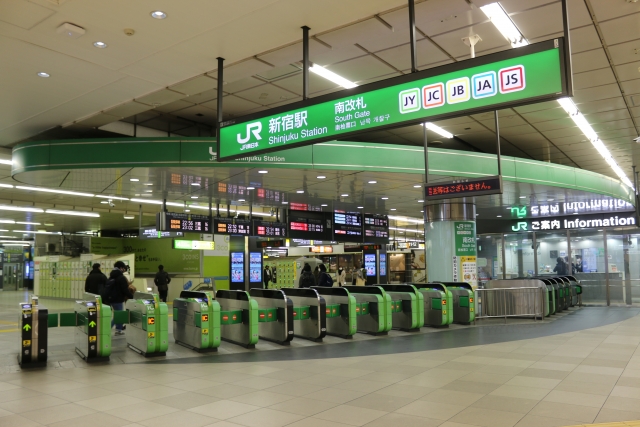
Ken’s Final Advice
Finally, just three golden rules for mastering Tokyo’s trains:
- Always get a public transport IC card.
- Trust Google Maps 100%.
- Station signs will never let you down.
If you follow these three rules, Tokyo’s trains are no longer daunting. This amazing transportation system, which will take you anywhere on time, is one of the best Tokyo experiences in itself. Enjoy!

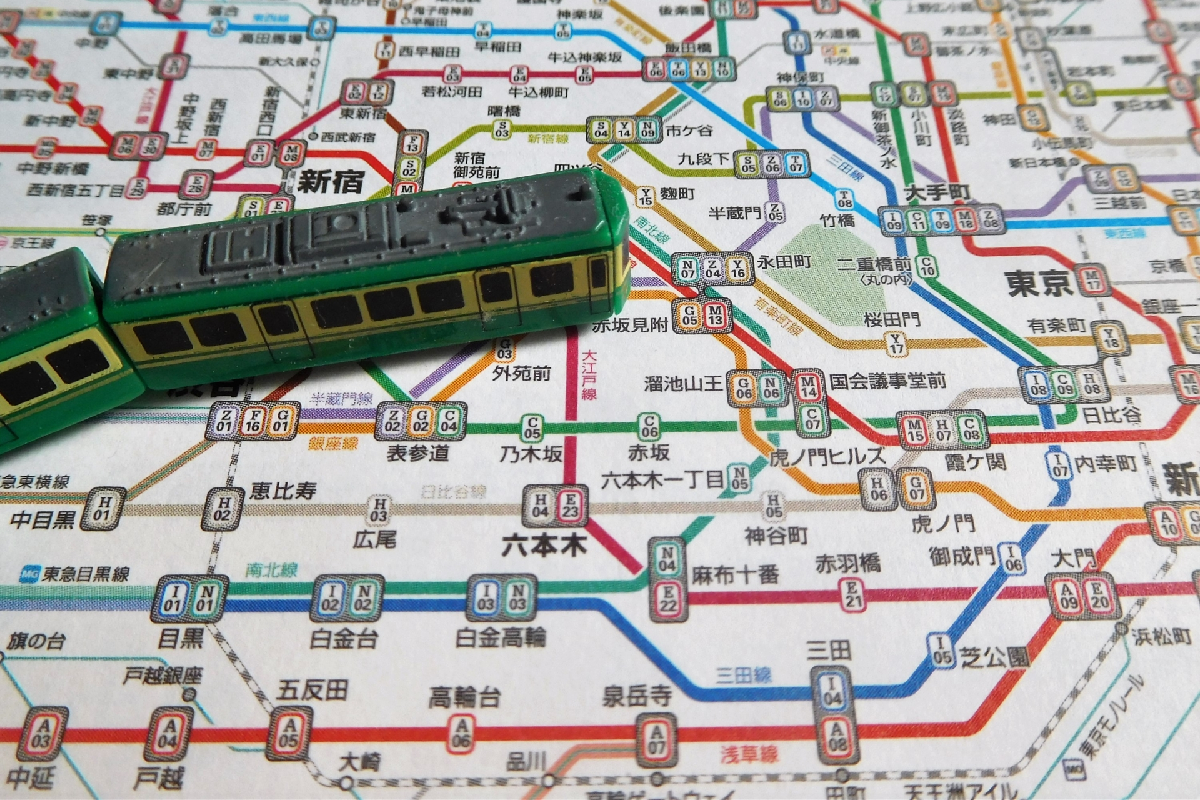

Comments